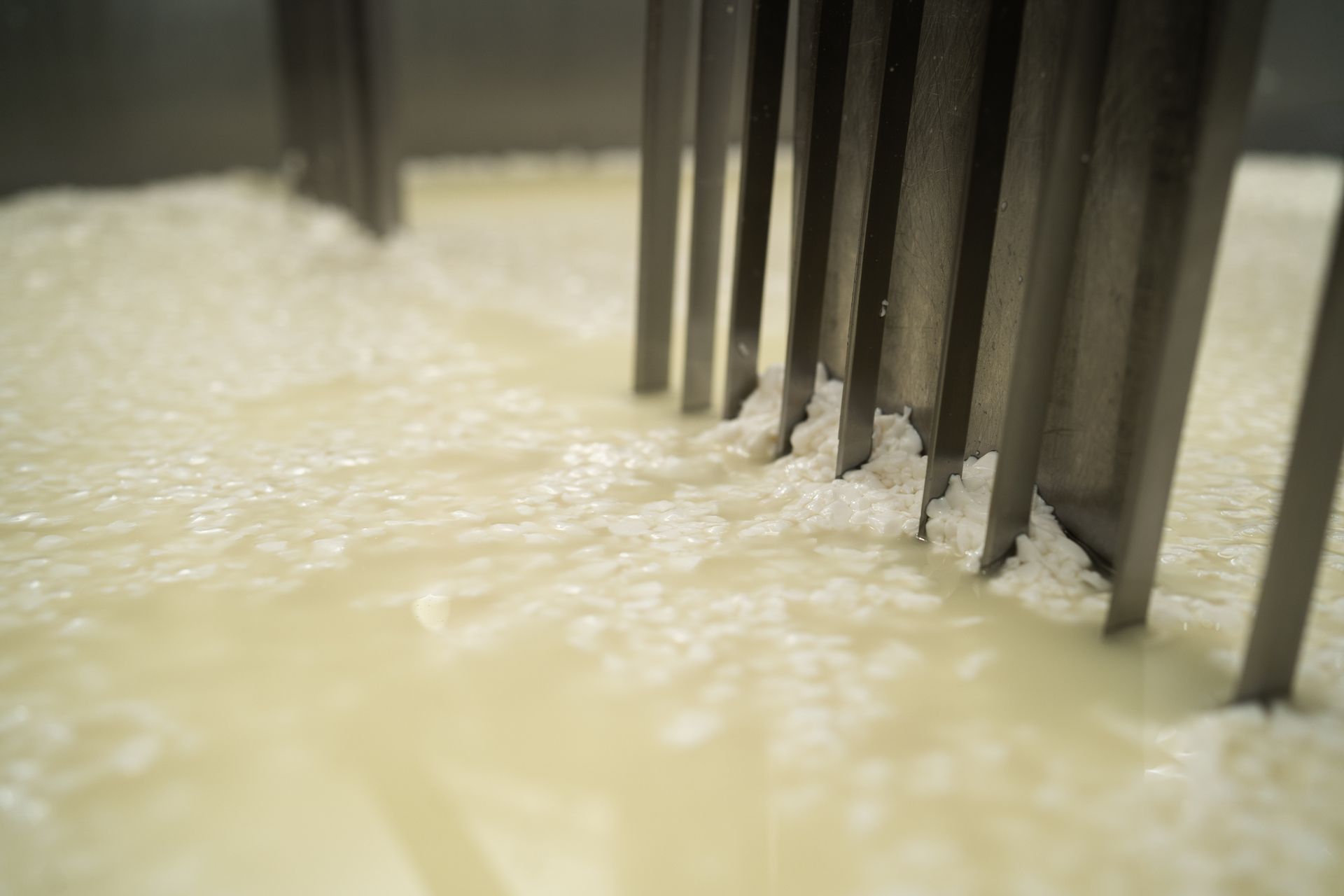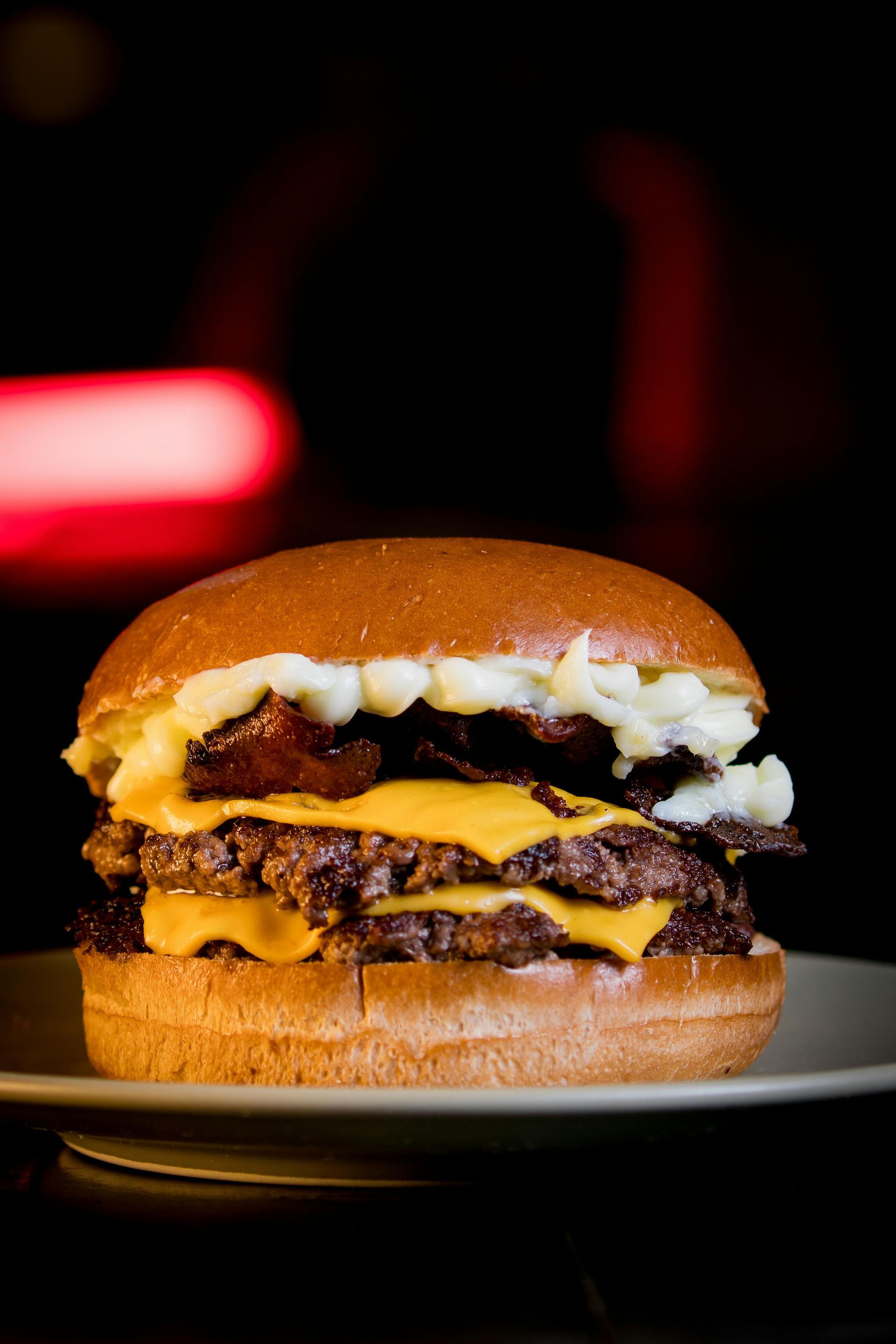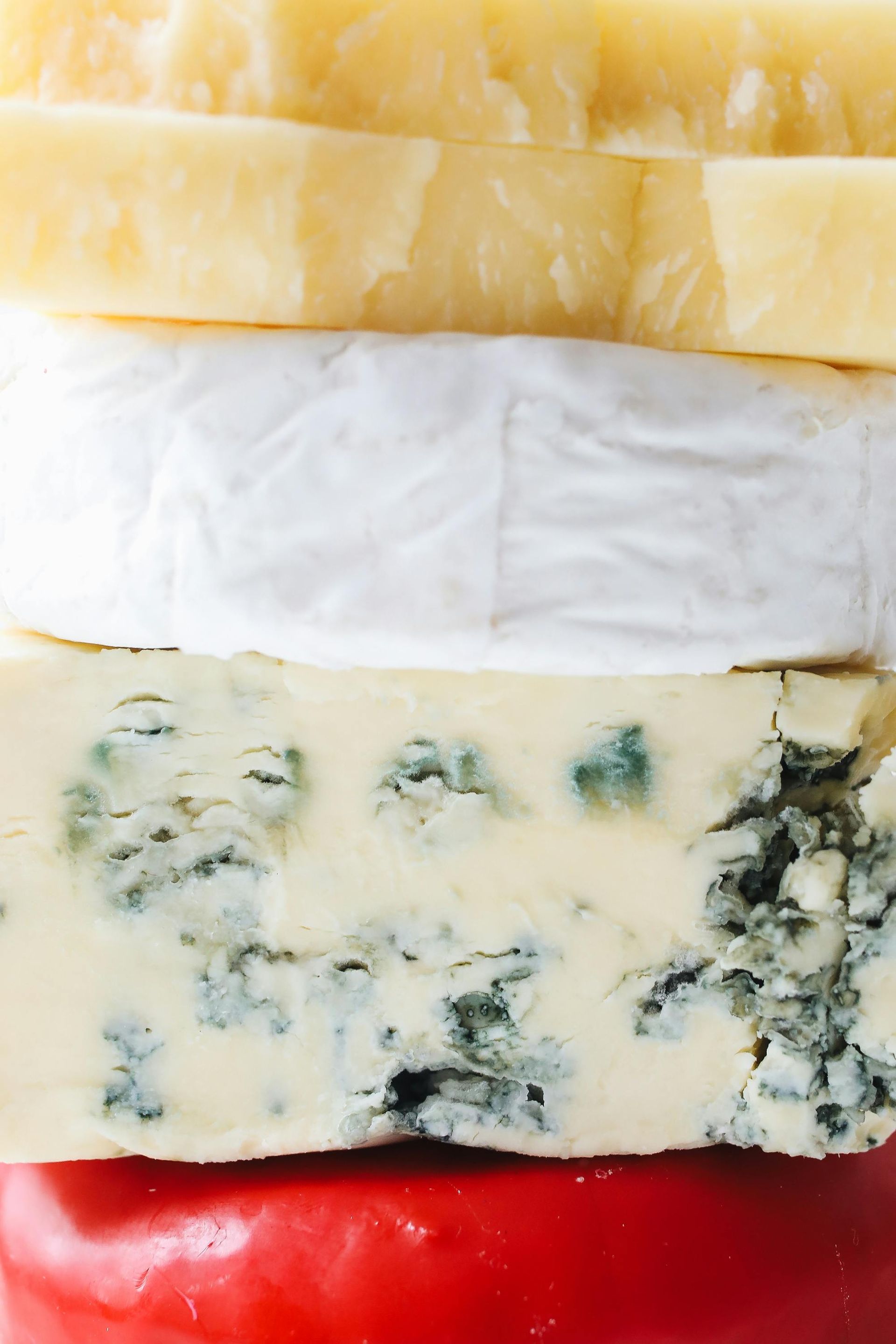COTTAGE CHEESE: FROM TREND TO TRANSFORMATION
Unlocking Retail, Foodservice, and Artisan Growth in the UK Dairy Market
Executive Summary
Cottage cheese has emerged as one of the most significant and surprising growth stories in the global dairy category, blending health-driven consumer behaviour with a compelling revival of a once-neglected product. In the United States, viral recipes and functional messaging have catalysed over $1.75 billion in sales annually, with brands such as Good Culture and Daisy leading a strategic repositioning of cottage cheese as both a lifestyle product and a culinary staple. In the UK, signs of similar momentum are beginning to take shape.
This white paper examines the underlying growth dynamics, assesses the cottage cheese category’s performance across retail and foodservice, and articulates a strategic roadmap for how UK dairy brands - both established and emerging - can capitalise. Drawing on primary data from AHDB, NielsenIQ, and proprietary segmentation analysis, the report also outlines how artisan producers can differentiate through provenance, innovation and brand narrative.
At stake is not merely a fleeting uptick in sales, but the opportunity to reintegrate cottage cheese into the mainstream UK diet - reframed through the lens of high-protein living, clean eating, and consumer curiosity about dairy’s next chapter.
Market Dynamics: Understanding the Cottage Cheese Resurgence
The UK dairy market has undergone a period of recalibration in the wake of inflationary pressures, shifting shopper priorities, and continued fragmentation of protein sources. Against this backdrop, cottage cheese has emerged as a rare example of volume and value growth occurring simultaneously.
According to AHDB, cottage cheese recorded a 29.4% increase in volume sales and a 26.2% uplift in value over the 52 weeks ending 22 March 2025. These figures are particularly striking given the comparative stagnation across the broader cheese category. At present, cottage cheese accounts for just over 4% of total cow’s milk cheese by volume - a relatively modest share, yet one with substantial headroom.
Price elasticity within the segment has also remained favourable. Despite unit price increases of over 12% since the start of 2025, demand has continued to rise, underpinned by a surge in health-conscious consumption and a growing base of Gen Z and Millennial consumers prioritising protein density, naturalness, and versatility.
Moreover, qualitative analysis suggests that the product’s “rediscovery” owes as much to cultural recontextualisation as nutritional science. TikTok and Instagram trends - ranging from high-protein ice cream and whipped cottage cheese to savoury toast recipes - have reframed cottage cheese as aspirational, rather than antiquated. The product is no longer pigeonholed as diet food; it has become a canvas for modern, flexitarian eating.
Consumer Segmentation: Who is Driving Demand?
To build an effective commercial strategy, it is essential to identify and understand the emerging consumer segments that are fuelling the resurgence of cottage cheese in the UK.
Health-Focused Millennials (25–40 years old) represent a foundational pillar of demand. Often dual-income professionals balancing work, wellness, and family, they are focused on functional food attributes such as high protein, satiety, and convenience. For this group, cottage cheese serves as a post-gym snack, breakfast staple, and meal-prep component. Branding that emphasises clean ingredients, minimal processing, and environmental values resonates particularly well.
Gen Z Consumers (16–24 years old) approach food as both sustenance and self-expression. They are more likely than any other demographic to discover new products via short-form video, and to trial items that offer novelty, customisation, or social validation. Cottage cheese has found traction with this cohort through its adaptability - smoothie bowls, baked recipes, and snack formats all lend themselves to personalisation and shareability.
Affluent Professionals and Urban Families (30–55 years old) are not early adopters, but present significant opportunity for premiumisation. These consumers are driven by values such as traceability, British provenance, and health assurance. Artisanal or regional producers can win with storytelling, recipe suggestions, and limited-edition lines tailored to their lifestyle.
Out-of-Home Consumers,
while harder to profile, are critical to accelerating awareness and trial. Consumers engaging with cottage cheese in cafés, brunch spots or wellness hubs are often introduced through chef-curated menus. Once positive perceptions are formed, these experiences frequently convert into home purchases.
Strategic Activation: From Store Shelf to Menu Board
The opportunity for growth is not constrained by geography or price point - it lies in the ability to reframe the role of cottage cheese within modern consumption habits. For UK retailers, that means treating cottage cheese as a growth engine within the chilled dairy aisle, not an afterthought. For foodservice operators, it involves unlocking cottage cheese’s culinary versatility and nutritional value proposition.
Major supermarkets are beginning to respond. Waitrose, Ocado and M&S have all expanded their listings, experimenting with single-serve formats and high-protein messaging. But retail execution remains uneven. Too often, cottage cheese is stocked with little in-store visibility, bundled alongside traditional ‘diet’ SKUs, or missing from seasonal promotional plans. That lack of merchandising support presents an addressable gap.
What’s needed is a repositioning that draws on the same playbook used to grow Greek yoghurt, skyr and kefir. Multi-format innovation - snack pots, flavoured lines, and recipe-ready tubs - can unlock new use occasions and justify premium pricing. Cross-merchandising with fruit, granola and toast accompaniments could elevate shopper understanding and trial. Equally, branded storytelling on-pack should focus on high-protein content, local sourcing, and culinary inspiration.
In foodservice, the case is equally compelling. From QSR and grab-and-go to brunch cafés and health-centric dining, cottage cheese offers menu developers a neutral, protein-rich base that aligns with macro trends: calorie consciousness, texture innovation, and dairy-as-nutrition. Its applications range from dips and sandwich fillings to desserts and functional toppings.
For the out-of-home sector, the activation levers include staff education, supplier-led ideation kits, and co-branded menu features. A small group of forward-thinking cafés - particularly in London, Bristol, and Manchester - are already featuring whipped cottage cheese bowls or protein toast as signature items. But broader adoption remains nascent.
Artisan & Regional Opportunity: Making Provenance Profitable
While major multiples will inevitably lead in volume, the artisan sector has the most to gain in terms of brand equity and margin uplift. Unlike commoditised formats, cottage cheese offers clear routes to value addition: through regional differentiation, seasonal flavours, and sustainability credentials.
For producers in Yorkshire, Somerset, or the Scottish Borders, there is untapped potential to revive curd-based cheesemaking traditions and reintroduce them to a health-conscious, food-literate audience. Organic credentials, grass-fed sourcing, or low-impact processing can all serve as points of competitive differentiation.
Packaging innovation need not be prohibitively expensive. Glass jars, textured labels, or small-batch batches can all support elevated pricing. Moreover, producers who engage directly with chefs, health food retailers, and high-end subscription boxes stand to build premium pathways to market without relying solely on scale.
The artisan route is not without risk - demand spikes, short shelf-life, and education barriers must be managed. But as a value-led strategy, it is one of the most compelling opportunities for SMEs in the dairy sector today.
Competitive Landscape & Forecasting Outlook
At present, the UK cottage cheese market is underdeveloped relative to international benchmarks. In the US, Good Culture has set the gold standard in brand positioning, unlocking premium placement through clean ingredients, influencer strategy, and culinary usage. In the UK, Longley Farm leads with heritage and consistency, but the space remains open for a challenger brand with contemporary appeal.
Private label continues to dominate on volume, particularly in price-sensitive shopper segments. However, as with Greek yoghurt before it, the emergence of strong challenger brands could dramatically shift category dynamics. Our forecast modelling suggests the UK cottage cheese market could double its value by 2027 if even modest shifts in format innovation and menu adoption take hold.
The future is not guaranteed - but the conditions for growth are evident.
Conclusion: From Curiosity to Category Catalyst
Cottage cheese is no longer a marginal item - it is a mirror to what modern dairy can be: functional, flexible, and flavour-forward. The UK industry has a narrow window to establish leadership before the category is defined by imported ideas or commoditised pricing.
Retailers must elevate visibility, foodservice must reframe usage, and artisan producers must lean into provenance. The data signals are clear, the consumer is receptive, and the tools already exist. What’s required now is creative confidence - and strategic cohesion.
Prepared by: Dairy Mail Editorial Team
Date: November 2025



